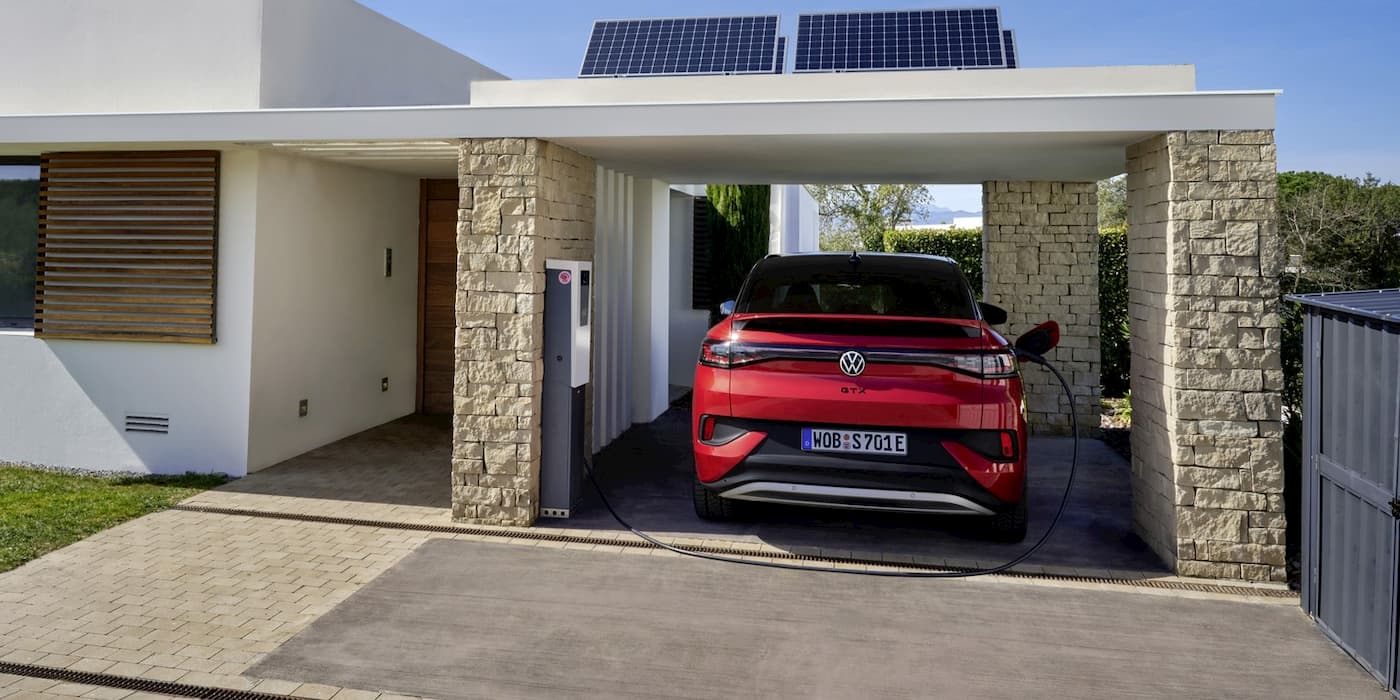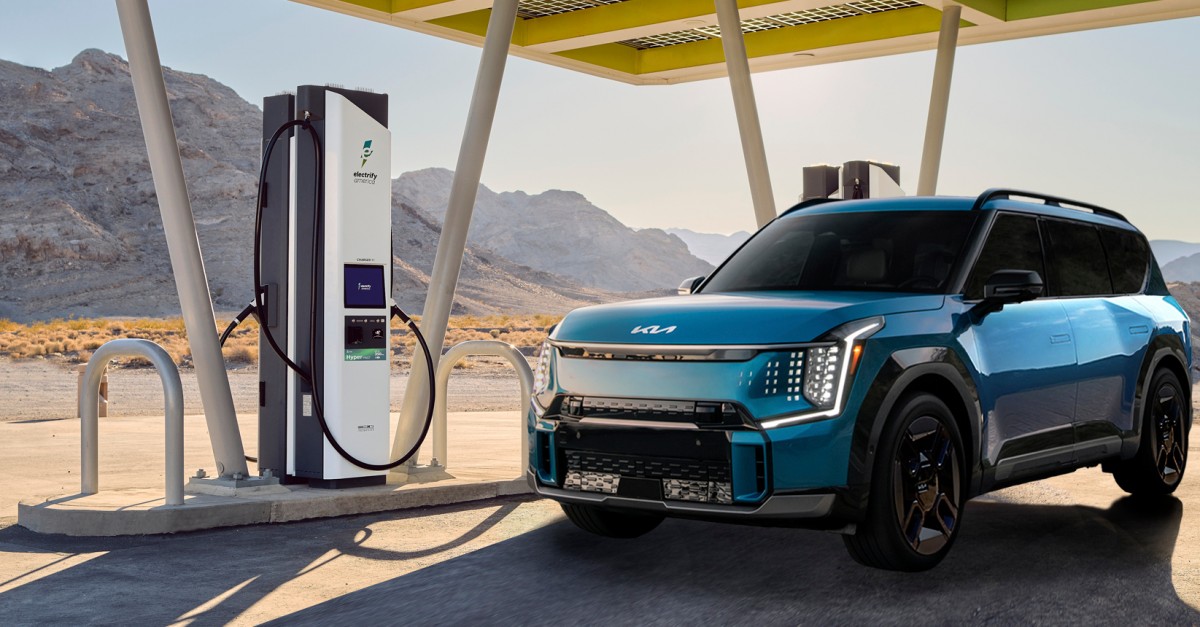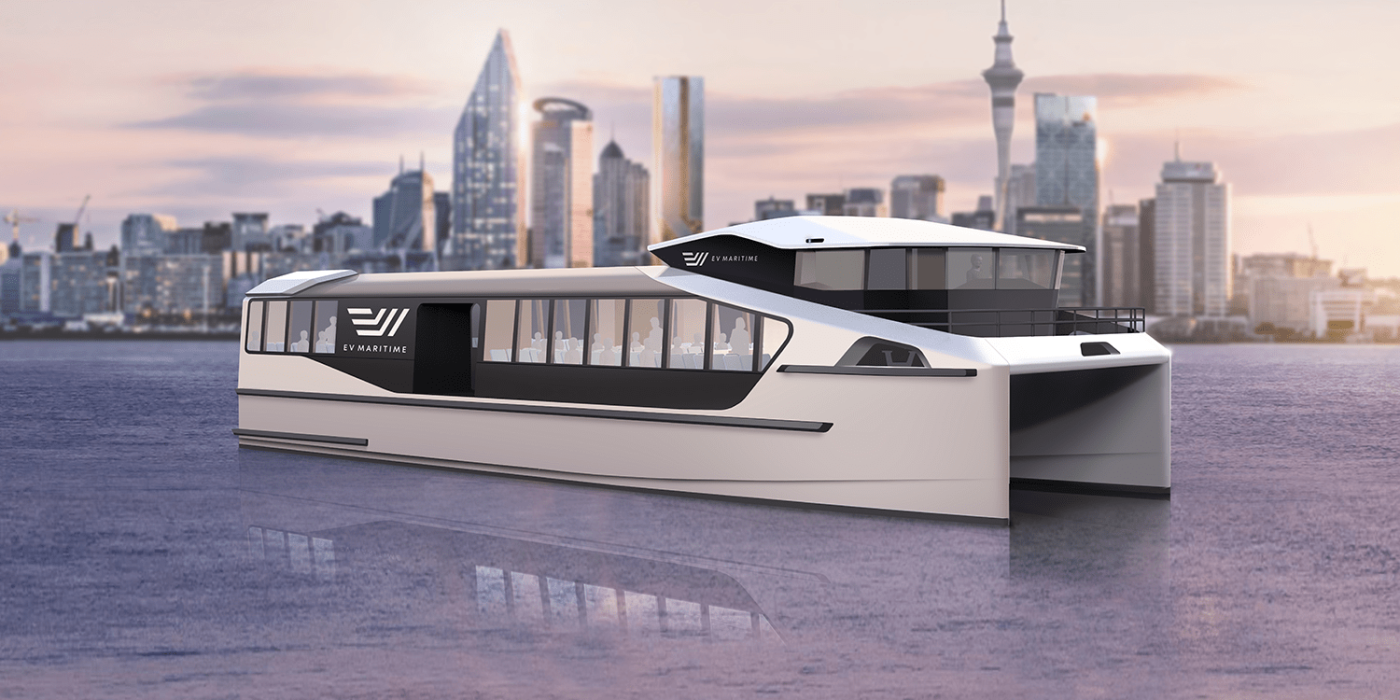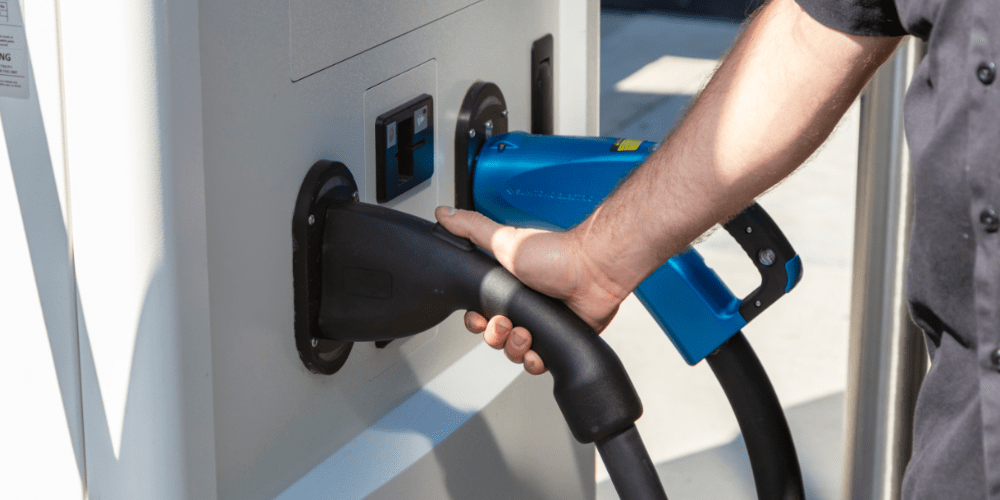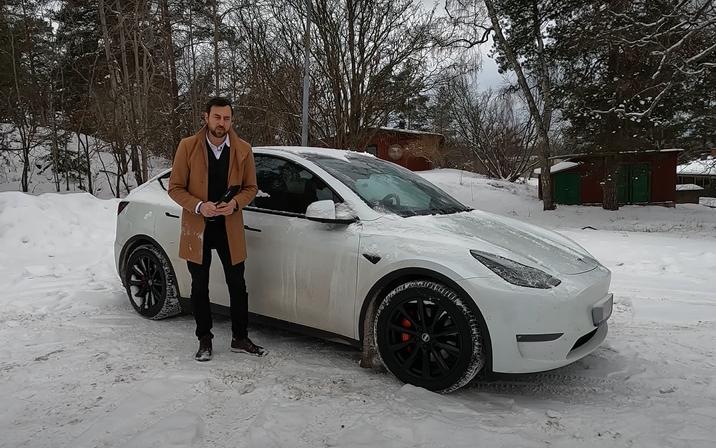Volkswagen has officially introduced bidirectional charging capabilities, known as Vehicle-to-Grid (V2G) and Vehicle-to-Home (V2H), for its ID electric models, including the ID.4. The long-anticipated technology allows VW EV drivers to actively contribute to home energy management.
Initially scheduled for implementation last year, V2G capabilities faced software challenges, causing delays. This week, Volkswagen announced that several ID electric models will now support bidirectional charging, enabling users to utilize their electric vehicles to cover energy needs at home.
With the integration of a home power station and a Home Energy Management System (HEMS), VW EV drivers can optimize charging times based on the availability of clean energy sources such as solar or wind. The excess energy stored in the EV battery can be used for V2H applications, powering homes during peak demand periods. Additionally, V2G functionality aims to contribute to grid stability.
Volkswagen specified that ID models equipped with the 77 kWh battery will have access to V2G capabilities. The company also stated its ability to activate this function in previously delivered EVs through the ID Software 3.5 update.
Addressing initial ambiguity surrounding the announcement, a Volkswagen spokesperson confirmed that older models will receive a software update, bringing V2G support. All current VW models will be eligible for the Software Version 3.5 or higher, enabling bidirectional charging functionality. Notable models with the 77 kWh battery include the ID.4 Pro, ID.4 Pro S, ID.4 Pro AWD, and ID.4 Pro S AWD.
Volkswagen boasts an impressive discharge speed of 10 kW for the V2G functionality. In comparison, Ford’s F-150 Lightning offers up to 9.6 kW through its Intelligent Backup Power capabilities, providing homeowners with approximately two days of power based on a 30 kWh average consumption.
Currently, the bidirectional charging system is available in Germany exclusively, functioning with HagerEnergy’s DC home power system. Volkswagen plans to introduce compatibility with other home power stations, including the Wallbox Quasar, at a later date.

